In the hushed passageways of meticulously restored riads, sun-kissed palazzos, and centuries-old kasbahs, something more profound than mere architecture lingers. A whisper of memory. A trace of spirit. In today's global real estate market, these historical homes are no longer just places to stay—they're passports to the past.
The Allure of old Walls
Across Marrakech, Palermo, Oaxaca, and beyond, a new generation of buyers is falling in love with old walls, not for their perfection, but for their patina. For the stories they tell. But when a traveler becomes an owner—when heritage becomes commodity—what do we gain? And what might we lose?
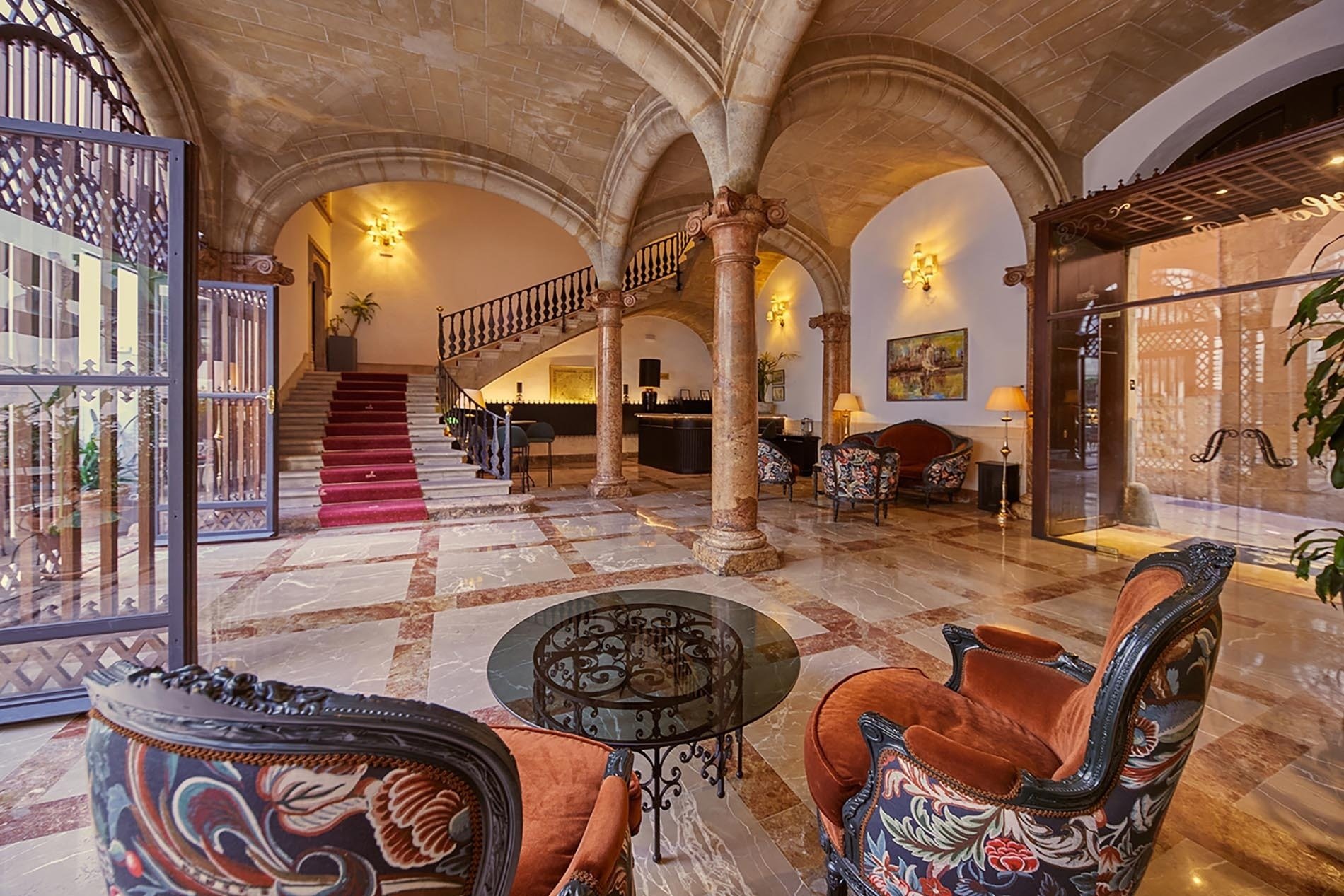
This piece delves into the intricate balance between preservation and possession, between honoring a place and consuming it. From international investors rescuing forgotten estates to locals reclaiming their ancestral homes, the question arises: Can real estate be a reverent vessel for culture—or is it merely a stage for curated nostalgia?
Case Studies A Global Perspective on Heritage Preservation
1. Marrakech, Morocco – The Revived Riad
British photographer Daniel F. didn't plan on buying property in Morocco. But one visit to a crumbling 19th-century riad in the medina changed everything. “The light, the tiles, the bones of the place—it felt like the house was remembering itself,” he says.
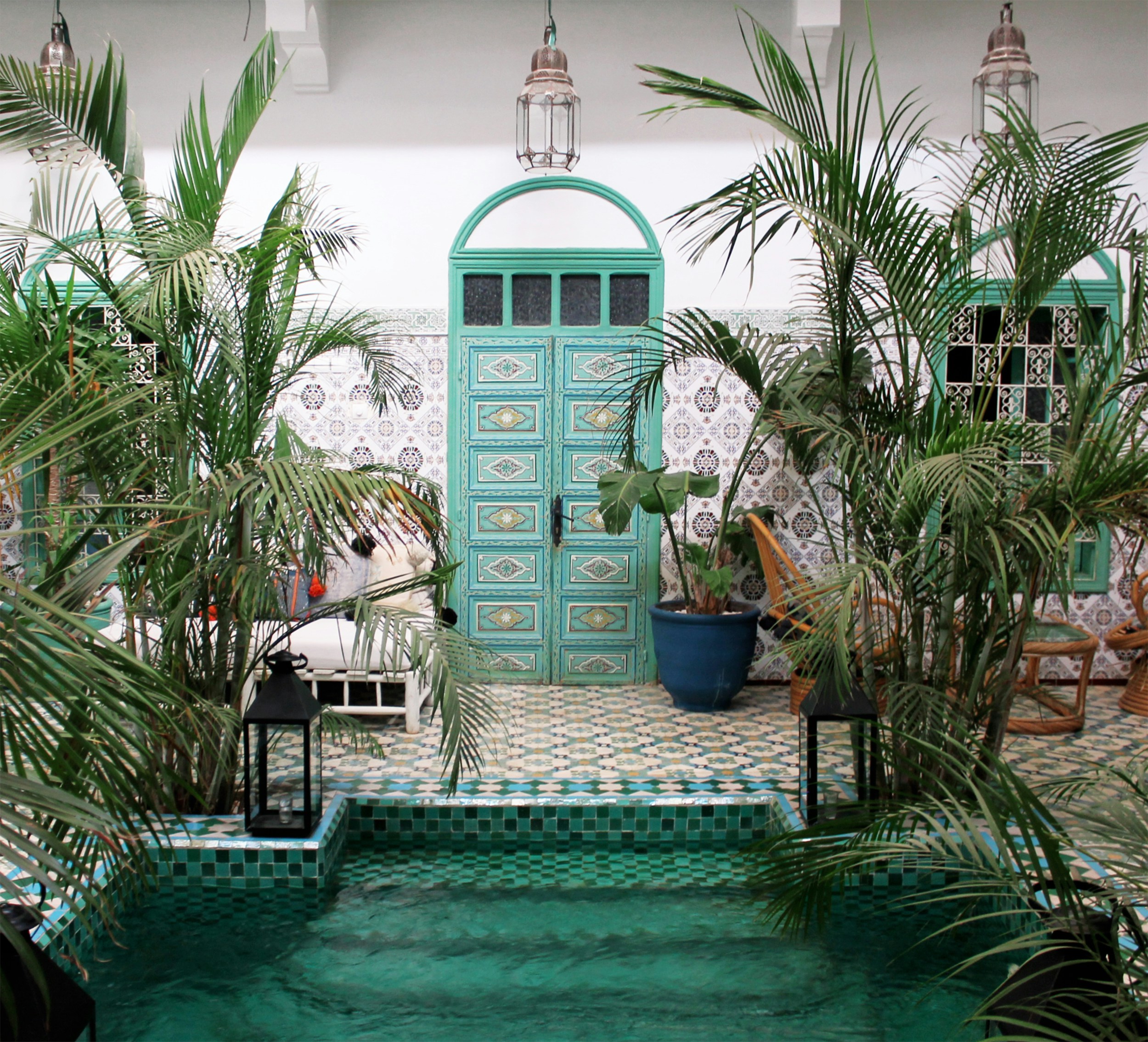
With local artisans, he spent two years restoring the home. He kept the cedar doors, repaired the zellige tiles, and used tadelakt plaster the traditional way. The result? A house that breathes history—not reinterpreted, but respected. “It wasn't about turning it into a Pinterest fantasy,” he insists. “It was about listening.”
Still, his presence—however well-meaning—raises the ever-present question: who is this preservation really for?
2. Puglia, Italy – The Trullo Renaissance
In the Valle d'Itria, conical-roofed trulli once served as humble dwellings for farmers. Today, they're among the most coveted real estate in southern Italy.
Local architect Chiara Bianchi has made it her mission to restore them with fidelity. “A trullo is not just a shape—it's a philosophy,” she says. Her studio works exclusively with local stoneworkers and avoids the trend of ultra-modern interiors. “Tourism made these homes desirable again. But it's respect for the land that makes them livable.”
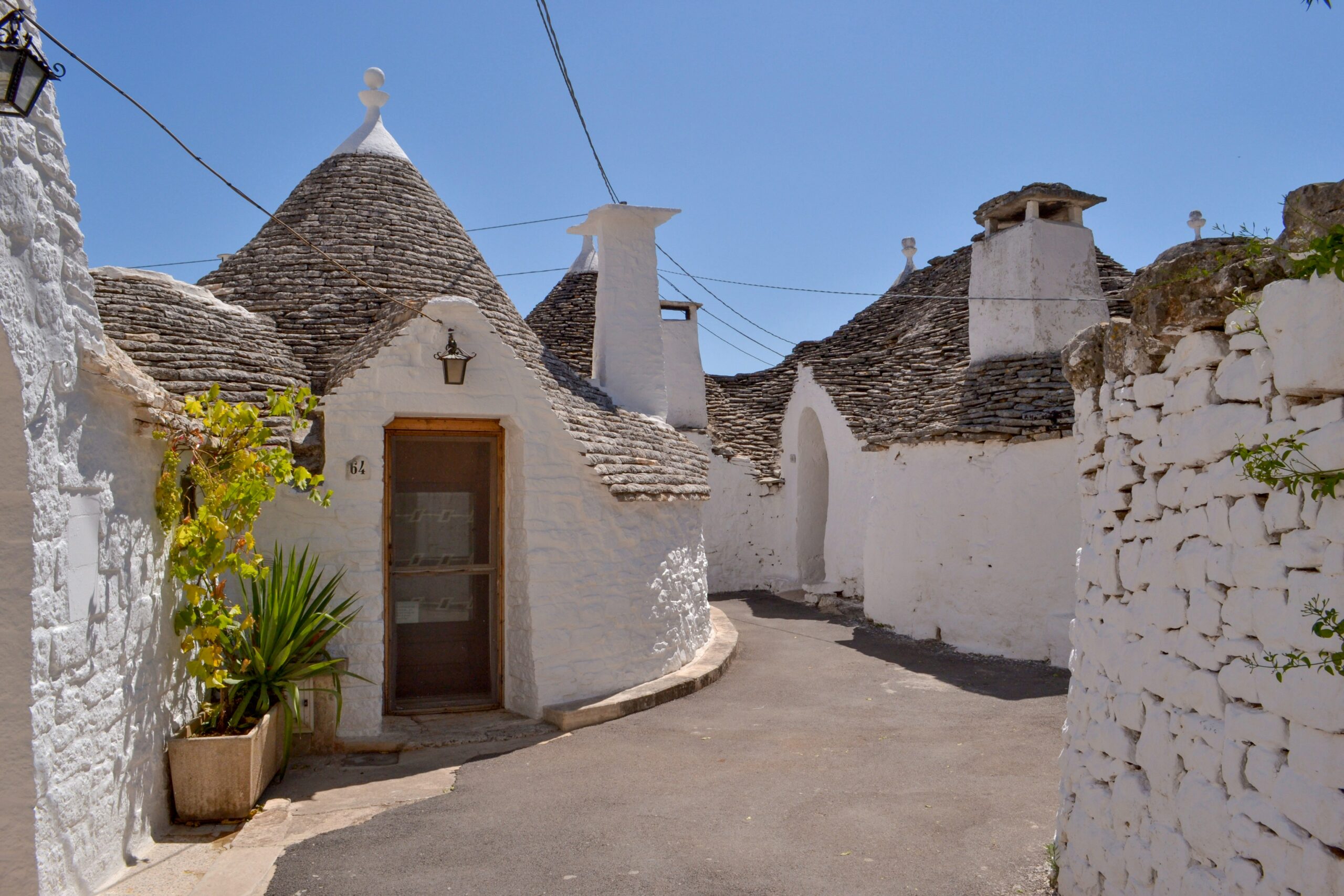
Some properties are now co-owned by foreign investors, who rent them seasonally. It's sustainable, for now. But Chiara worries: “If heritage becomes just another luxury asset, we lose the humility that built these homes in the first place.”
3. Oaxaca, Mexico – The House as Testimony
Not all stories of heritage are about outsiders buying in. For the Reyes family in Oaxaca, their ancestral home was nearly sold when the pandemic struck. Instead, they turned it into a cultural guesthouse—restoring its 180-year-old adobe walls and showcasing family heirlooms.
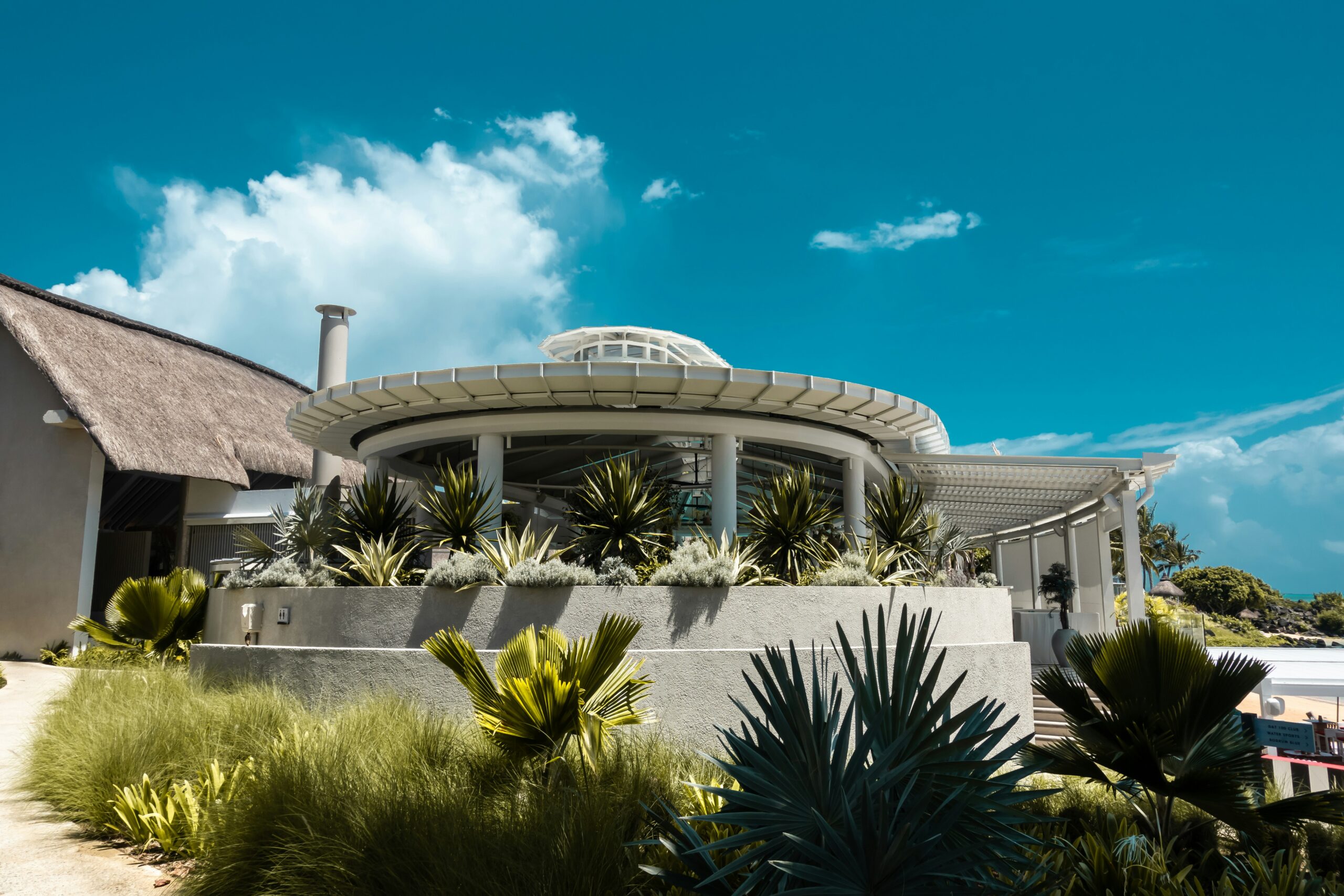
“It became a way to tell our story, not just rent a room,” says María Reyes, who now runs cultural tours alongside her father. For them, real estate became resistance. “We didn't want to sell our memories. So we invited people into them.”
The Ethics of Ownership
Real estate tied to cultural identity walks a fine line. Is restoration always redemption? Not necessarily. Gentrification, displacement, and aesthetic colonialism often arrive under the guise of preservation.
Architectural anthropologist Dr. Layla Mahdi puts it bluntly: “The problem isn't foreigners buying homes. It's when they edit out the context. A home without its people, its rhythm, its imperfections—isn't preservation. It's appropriation.”
She encourages a different model: co-authorship. Partner with locals. Share the profits. Make the restoration part of the local economy—not just your personal escape. Local involvement is crucial in heritage preservation.
Closing Reflection: Owning Carefully
Real estate will always be about space. But cultural real estate—homes with memory and meaning—is about time. To live in such a place is not to possess it, but to participate in its story.
Whether you're a visionary eyeing an Andalusian hacienda or a wanderer who once sojourned in a Berber kasbah, the message is clear: heritage isn't a commodity—it's a legacy to be cherished, shared, and remembered. The most powerful way to keep a place alive is to let it speak for itself, and we, as custodians of these cultural treasures, must ensure their stories are heard. Because sometimes, the most powerful way to keep a place alive is to let it speak for itself.
About the author

Subscribe
-
 Mallorca, Menorca, Ibiza, Formentera, Bound by Light, Salt and Soul
Mallorca, Menorca, Ibiza, Formentera, Bound by Light, Salt and Soul -
 Journeys Inward, The Japanese Way
Journeys Inward, The Japanese Way -
 Notes in the Night, the Carlyle's Musical Legacy
Notes in the Night, the Carlyle's Musical Legacy -
 The Uneasy Traveler, Understanding Flight Anxiety
The Uneasy Traveler, Understanding Flight Anxiety -
 Qasr Al Sarab Desert Resort by Anantara, A Realm in the Sands
Qasr Al Sarab Desert Resort by Anantara, A Realm in the Sands







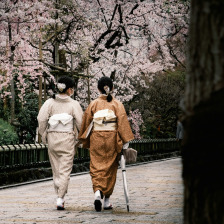
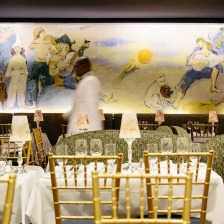
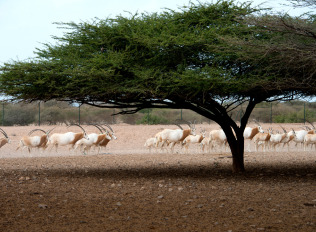
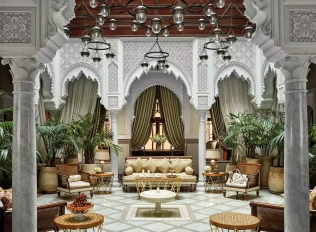

Leave a Reply